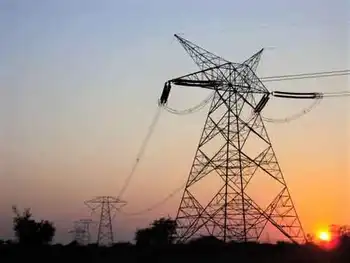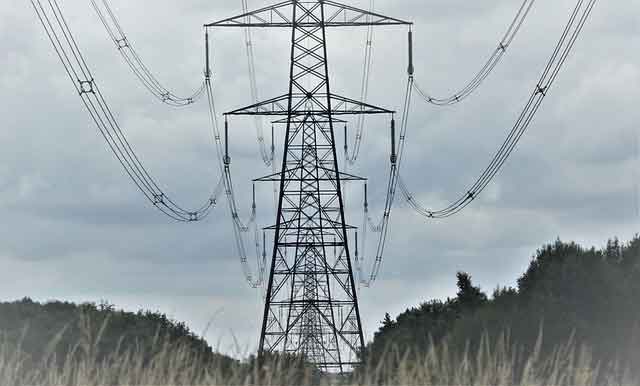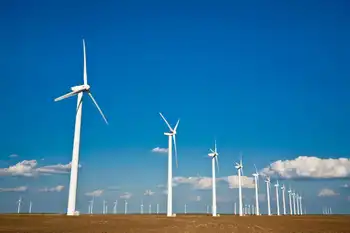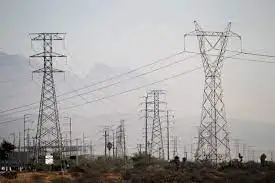Open houses planned for wind farm project
By Kingston Whig-Standard
Arc Flash Training CSA Z462 - Electrical Safety Essentials
Our customized live online or in‑person group training can be delivered to your staff at your location.

- Live Online
- 6 hours Instructor-led
- Group Training Available
Residents of Wolfe Island and parts of Kingston who will be affected by the project received a flyer inviting them to attend the information sessions on March 27 and 28.
Canadian Renewable Energy Corporation, a subsidiary of Calgary-based Canadian Hydro Developers Inc., wants to give the public an opportunity to review the project layout and general planning issues, and express opinions.
Residents may also get a first chance to see the results of an environmental review that looks at possible effects of the project.
John Keating, CEO of Canadian Hydro Developers Ltd., said the company had first hired a consultant to complete an environmental screening report as required by the province of Ontario. Later, a decision was made at Canadian Hydro to upgrade the report to an environmental review.
“We have voluntarily decided to complete an environmental review for the Wolfe Island project – it has the same basic components of study, but a more thorough level of review,” he said.
The review contains information about how the turbines proposed for Wolfe Island may affect such things as noise, economics, tourism and wildlife such as birds.
According to the Ministry of the Environment, an environmental review involves additional studies and public consultation, after which mitigation measures are developed to address problem areas.
At the end of the process, the proponent (in this case Canadian Hydro) is required to complete an Environmental Review Report that is available for a 30-day public and agency review period.
During the 30 days, the public can request that the ministry require the company to do an individual environmental assessment.
Keating said if the review is completed in time for the meetings, the public will be able to view it.
“It will be made public on or about the meeting and it will be posted on our project website,” he said.
Representatives from Stantec Consulting Ltd., which was hired to complete the environmental review, will also be on hand at the open houses to answer questions about the environmental process.
Canadian Hydro Developers Inc., with its subsidiary Canadian Renewable Energy Corporation, plans to build 86 turbines that have a maximum capacity to generate 2.3 megawatts each. They will be erected throughout the western portion of Wolfe Island. The wind farm is expected to generate enough electricity to power about 75,000 homes.
But those claims, quoted in the flyers sent to local homes, have perturbed at least one Kingston resident.
Peter Dyne of the Energy Committee Consumers Council of Canada, a consumer advocacy group, said the flyer is “disingenuous and potentially misleading.”
He said the companyÂ’s claims that the Wolfe Island project will generate 198 megawatts of electricity doesnÂ’t take into consideration that the wind doesnÂ’t blow 100 per cent of the time.
“The turbines only generate power when the wind is blowing,” said Dyne.
He said consumers deserve to have all the facts and he hopes this information will be presented at the meetings.
In an interview with the Whig-Standard, Keating said the notice doesnÂ’t explain that on average a wind turbine will only generate 30 per cent of its capacity.
“To be more correct, it would be 2.3 megawatts times 86 [turbines], which is 198 megawatts, but on an annual basis, it will generate 537,000 megawatt hours per year,” he said. “It should say how much annual energy it will generate, not the installed capacity.”
Even at 30-per-cent capacity, Keating said, the wind farm will be able to generate enough electricity to power 75,000 homes, based on the average household using 7,000 kilowatt hours per year.
“It’s based on what the average consumption of a home would be,” he said.
Canadian Hydro Developers Ltd. was awarded a contract in November 2005 to sell the output from the Wolfe Island wind farm to the Ontario electricity grid for a period of 20 years. The contract is at a fixed price, which escalates at a fraction – 15 per cent – of inflation rates.
While Keating said the price the province will pay Canadian Hydro is confidential, he said the government isnÂ’t subsidizing the electricity.
These are precisely the types of questions residents can ask at the upcoming public meetings, he said.











